La Rioja is the smallest region in Spain, but the territory is home to a range of landscapes and locations typical of a continent. The Mediterranean essence appears in the vineyards, the alpine climate takes shape in the snow-capped mountains, and the rain-fed land creates lush valleys. But, above all, water steals the show. Seven rivers are born in the region and crisscross through it, decorating the landscape. Every step opens onto a new world, without ever leaving the region. Staying at a country guesthouse in a unique natural environment and enjoying a starry night with the Starlight reservation are some of the experiences you can enjoy when you visit La Rioja. Here are 10 of the most beautiful villages in the region worth visiting during your stay...
1. San Millán de la Cogolla
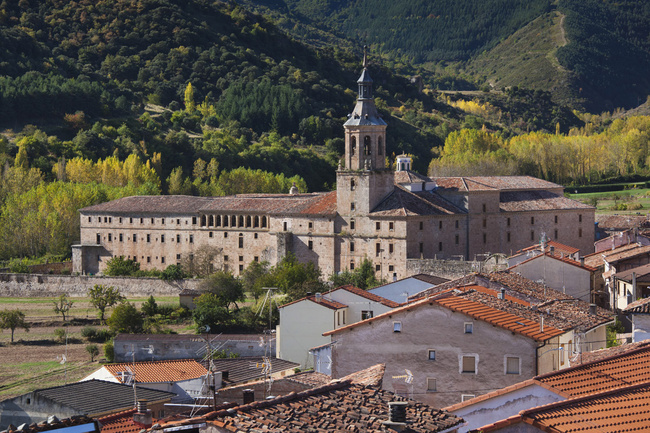
In the middle of the Cárdenas river valley sits San Millán de la Cogolla, a Rioja town founded by the saint of the same name and linked for centuries to the Pilgrim's Route to Santiago de Compostela. The deep-rooted monastic tradition of the town can be seen in the beautiful collection of historic buildings it houses, where the Monasteries of Suso and Yuso, both declared World Heritage Sites, are outstanding. The importance of San Millán de la Cogolla is also due to its status as the cradle of the Spanish tongue, since the first documents written in this language are preserved here.
2. Nájera
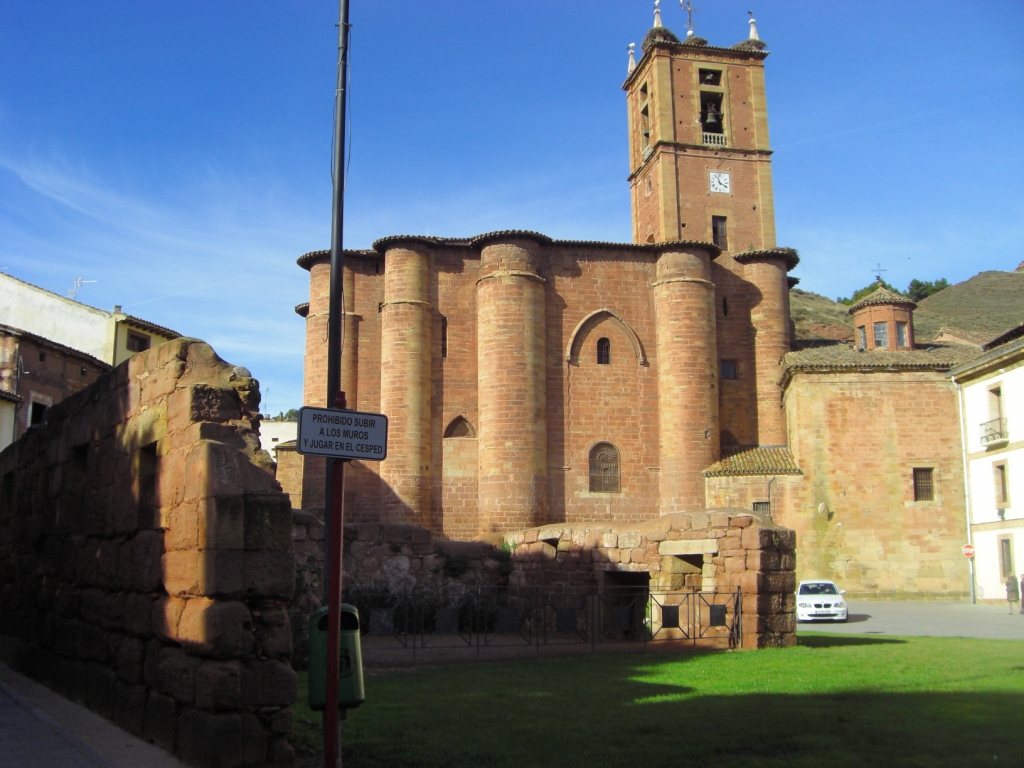
Situated 27 kilometres from Logroño, Nájera is one of the towns on the Pilgrim's Route to Santiago de Compostela, thanks to King Sancho III, who in the 11th century modified the route so that it became a staging post for passing pilgrims. The town is divided by the river Najerilla and an exceptionally important monument stands on its banks: the monastery of Santa María La Real. Built in 1032, it underwent several modifications in the 15th century. Its fortress-like external appearance contrasts with the ornamental beauty of the cloister of the Caballeros (knights), so-called because of the great many nobles buried here. The church houses a magnificent piece of carving in the choir, a brilliant high reredos with a Romanesque image of Santa María La Real, the Royal Pantheon, bearing the tombs of some thirty monarchs; the mausoleum of the Dukes of Nájera and, in the crypt, the cave where according to legend the Virgin appeared before King Don García, who ordered the construction of the site. Facing the monastery is the Nájera History and Archaeological Museum, with sections on prehistory, the Romans, the medieval period, ethnography and painting, as well as material from the Nájera region. Also of interest is the Santa Cruz parish church and its lantern resting on pendentives, situated in Plaza de San Miguel.
3. Santo Domingo de la Calzada
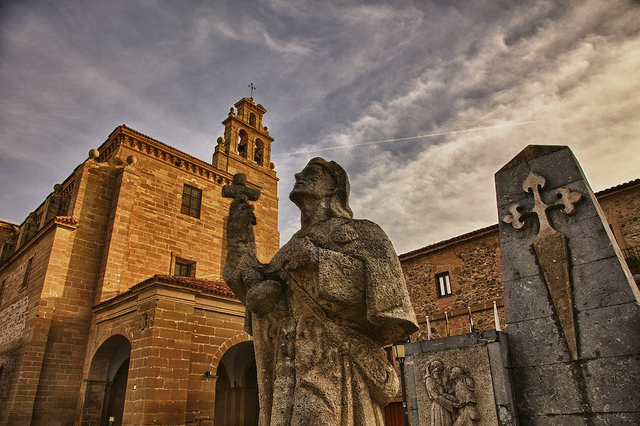
Santo Domingo de la Calzada is one of the Rioja towns most deeply marked by the Pilgrim's Route to Santiago de Compostela. Its network of medieval streets declared a National Historic Interest Site, store a valuable heritage, particularly its walls, the Cathedral and the old Pilgrims' Hospital. La Rioja's gastronomy, and above all the famous wines of the region, are some of the attractions the area offers, where it is also possible to visit the cradle of the Spanish language and the monasteries of Suso and Yuso, in San Millán de la Cogolla.
4. Ezcaray
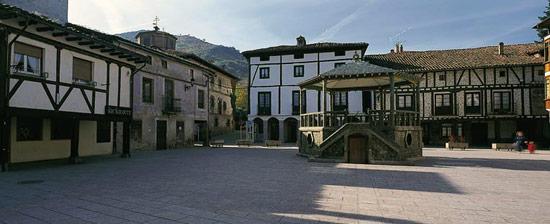
Sitting in the Sierra de la Demanda mountains, on the banks of the river Oja, the town of Ezcaray and its surrounding area are ideal for those who seek peace and quiet. Outstanding in the town centre is the church of Santa María la Mayor, built between the 12th and 14th centuries and declared a Historic-Artistic Site. Its Aragonese Gothic style is unique in La Rioja. The cylindrical towers of the church, which reinforce the corners, give it the appearance of a medieval fortress and palace. On the outside, you will see a beautiful row of balconies, carved on which are the coats of arms of the town's former noblemen. The carved wooden door of the main entrance is plateresque in style and dates from 1532. The west door is mannerist, from the mid-16th century. Inside, you will find a church of a single nave with ogival vaults and medallions. Also of interest is the group of buildings which form the Royal Cloth Factory of Santa Bárbara, from the 18th century, and the dyeing house popularly known as “El Fuerte”. The area around Ezcaray is made up of striking mountain scenery, with streams, forests and peaks over 2,000 metres high.
5. San Vicente de la Sonsierra
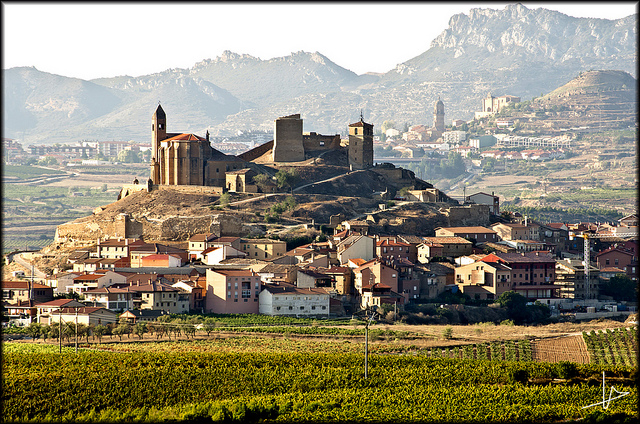
It was created in the 10th century as a fortress for the people of Navarre and together with the Davalillo castle, it formed a line of defence. The town inherited the chains depicted on the shield from the kingdom of Navarre, which was the ruling power. Since the 16th century, the Vera Cruz Guild has organised traditional processions and flagellations during Easter, on Holy Thursday and Good Friday, during the Cruz de Mayo spring festivities and in September. The most important of these is the «picaos» procession, which is when the guild's penitents whip themselves in public. This is an ancient tradition that has not been seen in the rest of Spain for centuries.
6. Sajazarra
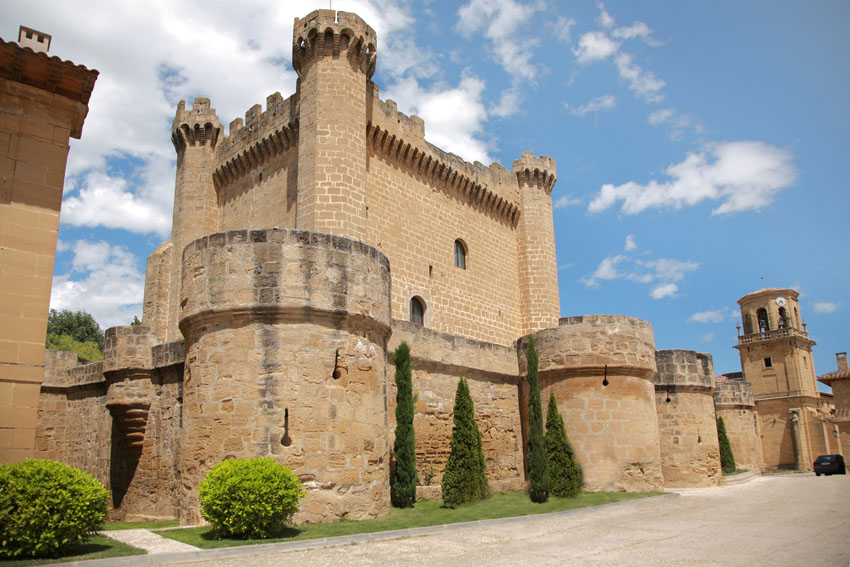
The village is a historic and artistic fortified ensemble with ogival arches on its walls. The impressive castle dated 14th century is one of the better renovated in La Rioja. The Church of La Asunción, from the 12th and 13th centuries, has different styles and is next to the castle. Its interior stores an image of the Virgen de La Antigua.
7. Viniegra de Abajo
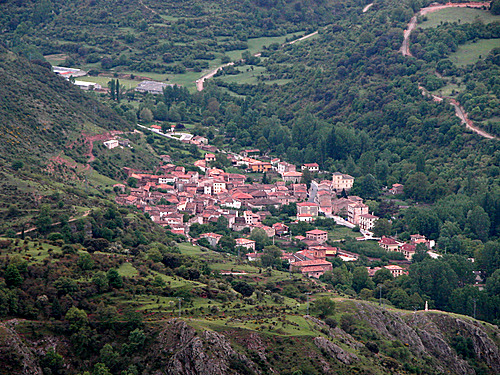
Viniegra de Abajo is one of the 7 Villas in the autonomous region of La Rioja. Viniegra de Abajo is between Camero Nuevo and the Demanda Mountains in the area known as the subdistrict of Upper Najerilla. It stands 881 metres above sea level and is 74 km from Logroño and 50 km from Nájera. The River Urbión crosses Viniegra. The river begins in the Picos de Urbión Mountains which are in the same municipal area as the village.
8. Casalarreina
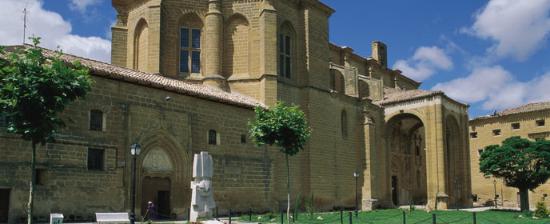
Casalarreina is a municipality and town in the autonomous region of La Rioja. It is in the northeast of the province. The district is under the local jurisdiction of Haro. It is predominantly a farming town: wheat, barley, beet and fruit, particularly apples. In the last few years, the number of poultry and pig farms has grown and as a result, there are more sausage businesses. The Dominican Convent of La Piedad in Catholic Monarchs and Plateresque styles is very interesting. This historic and artistic monument was established in 1508. The church has a five-section nave, clover chancel, and chapels between the buttresses. The portal is very decorated. The monastery hosts a Plateresque reredos dated from the beginning of the 16th century, a reliquary cross in gold-plated silver from the same century and several Baroque reredoses with Baroque images.
9. Briñas
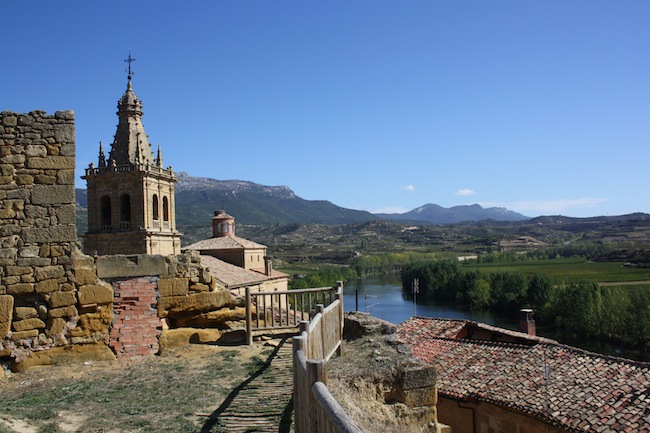
Briñas is a municipality in the autonomous region of La Rioja. It is in the northwest of the province between the Toloño Mountains and the left bank of the River Ebro. The district is under the local jurisdiction of Haro. The Parish Church of La Asunción, dated 17th century, has a single nave with chapels between buttresses, a transept, and an octagonal chancel.
10. Uruñuela
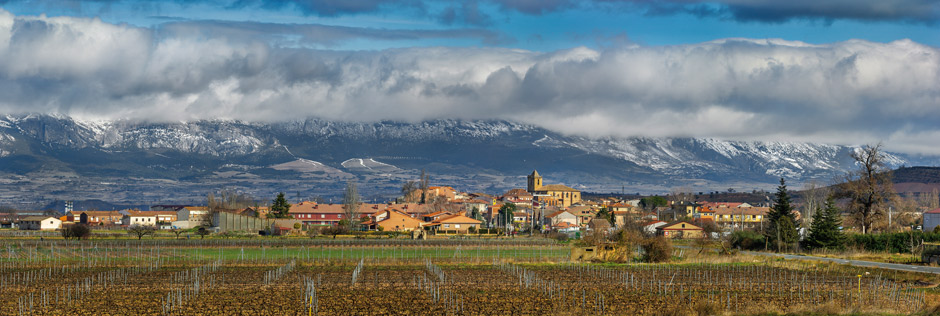
Uruñuela is a farming municipality in the autonomous region of La Rioja, just 23 km from the region's capital, Logroño, and 3 km from Nájera. Uruñuela covers 10.4 km2. Today the municipality's surface area measures 13.9 km2, as on the 10 March 2010, the La Rioja government passed Law 3/2010 modifying the municipal areas of Torremontalbo and Uruñuela. Under this ruling, Somalo left the first of these municipalities and became part of the second. The town is 499 metres above sea level and is part of the district of Nájera. The current population is around 950, although this figure increases considerably in summer. Over the last century, the population decreased by 25%.